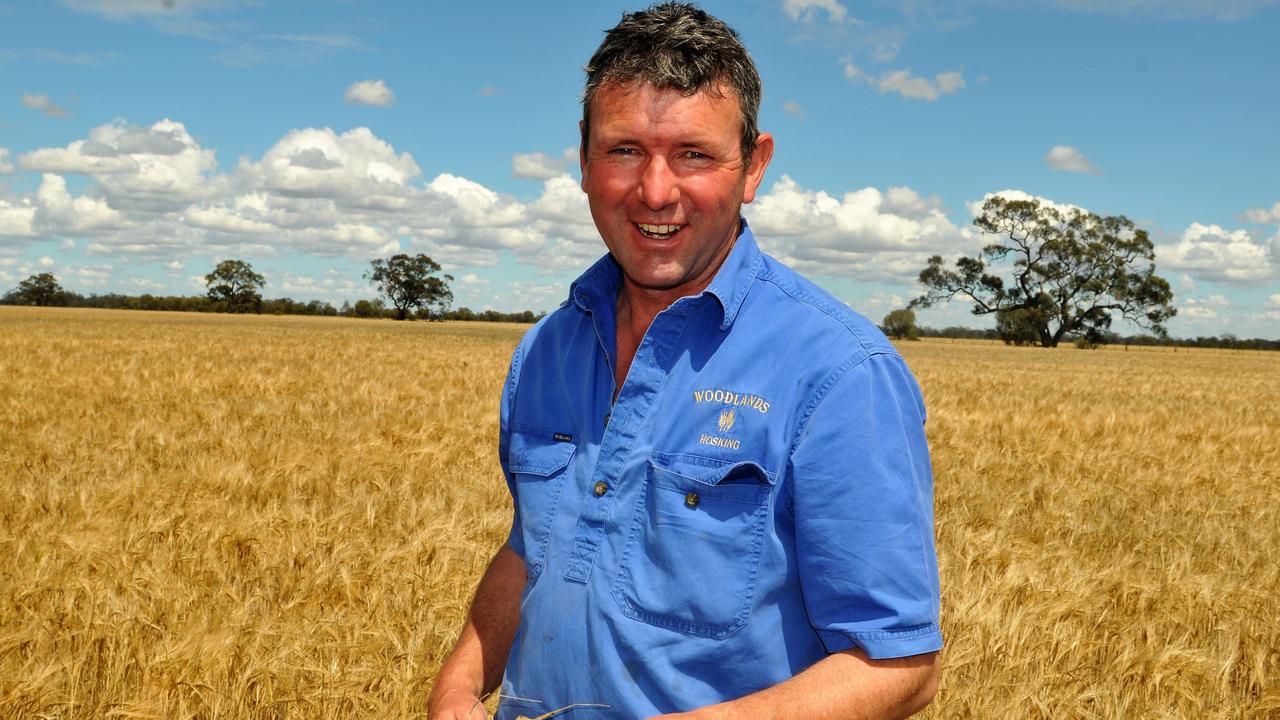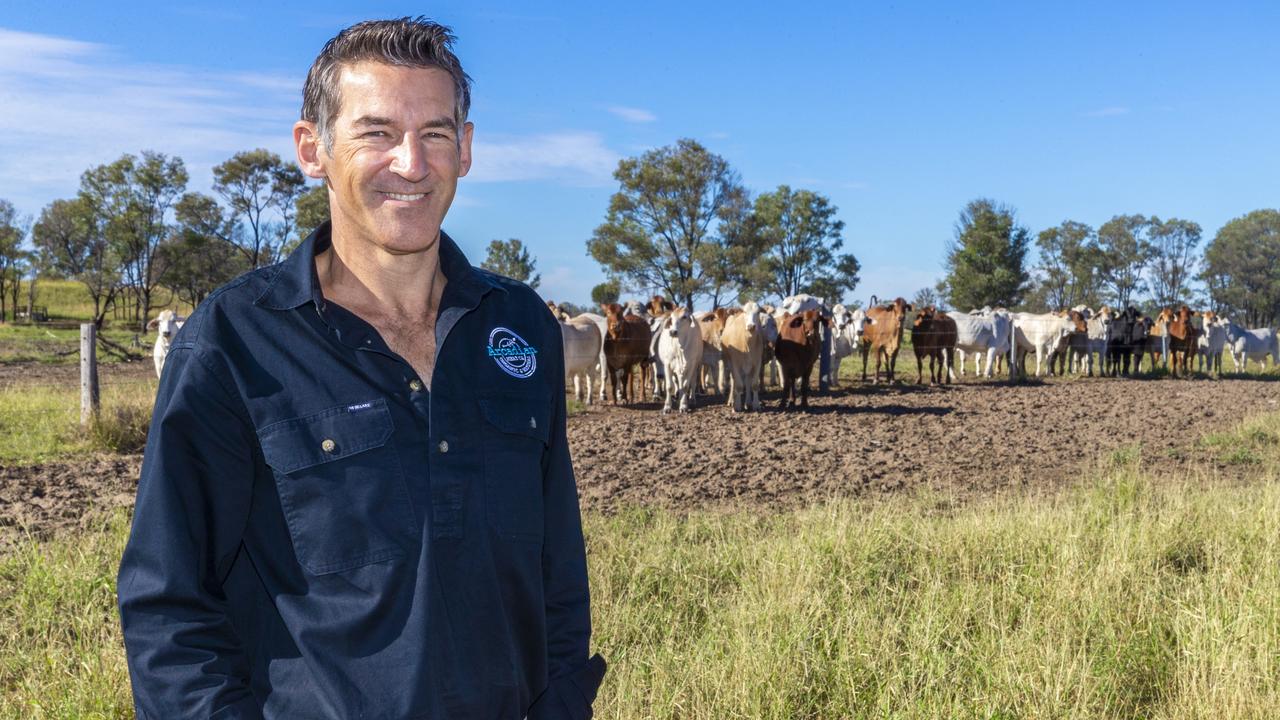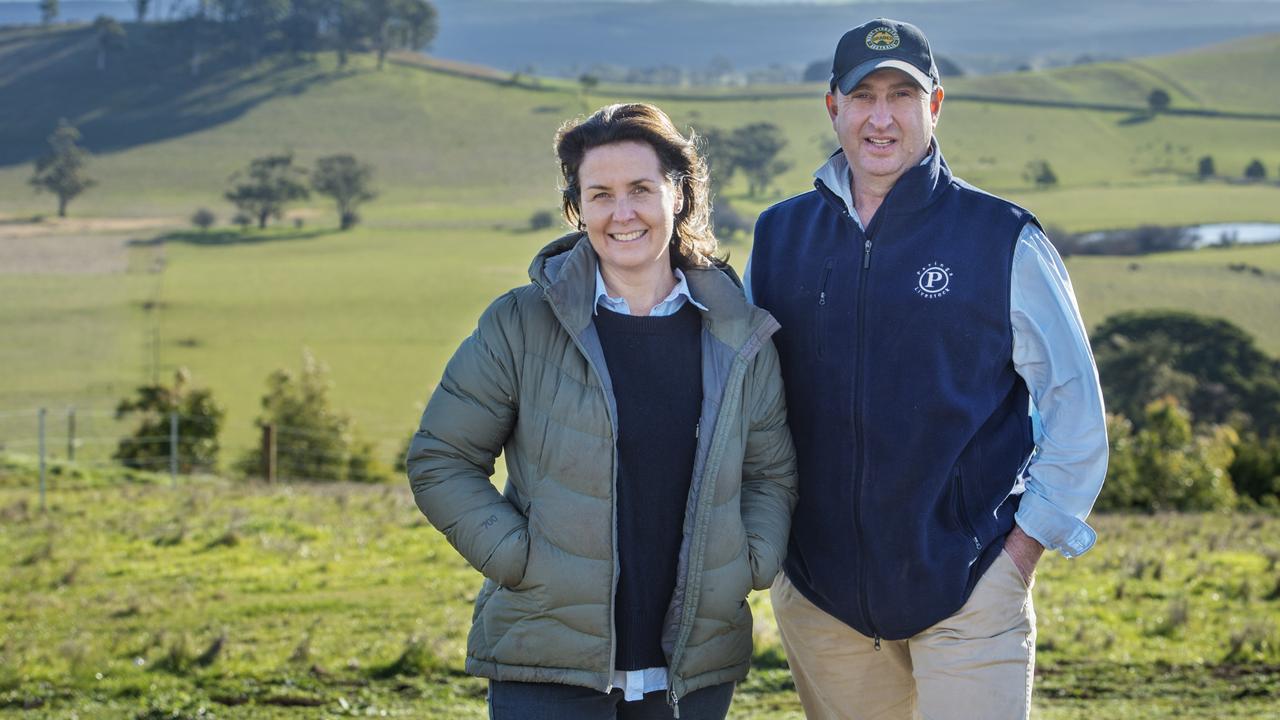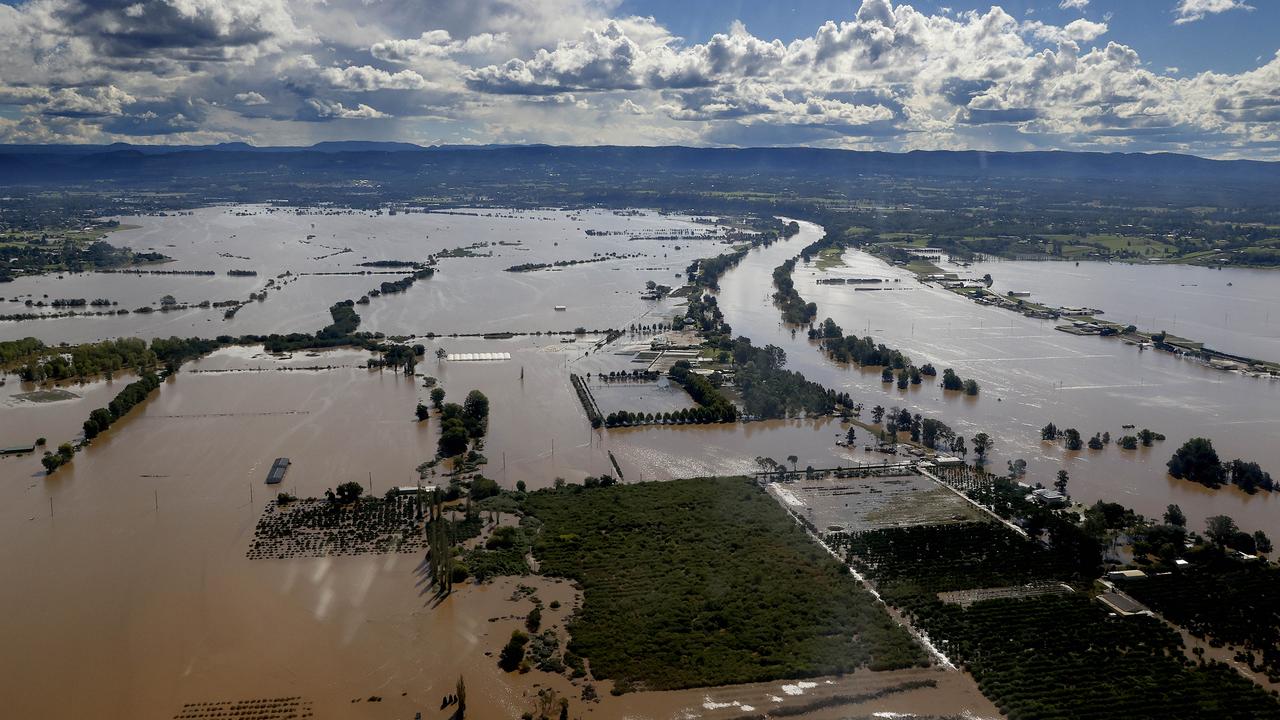Federal Budget 2021: Federal government slammed for ‘loose change’ climate investment
A major conservation group claims spending on the environment and climate represents less than 1 per cent of the federal budget and that renewables have been neglected.
The government has been accused of throwing “loose change” at the environment and climate, with millions of dollars for fossil fuel industries, but little for renewables and electric vehicles.
Australian Conservation Foundation (ACF) spokesperson Matt Rose said the government “continues to shovel public money at fossil fuel projects” through Budget allocations such as the $275 million set aside for five hydrogen energy hubs.
“Subsidies for the gas industry fly in the face of climate science and further demonstrate to the world that despite shifting global trends, Australia remains a climate laggard,” Mr Rose said.
According to the ACF, total spending on environment, climate and water represented just 0.8 per cent of the Budget – an amount they said was “loose change”.
But the Foundation’s own figures – which are disputed by the Federal Government – suggest the 2021 Budget actually boosted environment spending significantly.
Previously the ACF claimed environment spending was just 0.53 per cent of the Budget.
A government spokesperson hit back at the ACF claims, saying this year’s Budget “delivers an extra $486.3 million for the environment, taking new environmental spending to over $2 billion since 2019”.

“Funding across all environmental outcomes in 2021/22 financial year total $2.02 billion - a 44 per cent increase since 2013-14,” the spokesperson said.
Academy of Technology and Engineering CEO Kylie Walker described this year’s Budget as a “missed opportunity for Australia to become a global clean energy powerhouse”.
“Most of the investment to address climate change is targeted at adaptation strategies, which are clearly necessary,” she said.
“But we would have liked to have seen at least an equal amount invested in accelerating and leading Australia’s transition to a low emissions economy.”
Electric Vehicle Council CEO Beyhad Jafari said the lack of Budget support for electric vehicles (EVs) flew in the face of the government’s “technology not taxes” mantra.
“‘Technology not taxes’ is spin,” Mr Jafari said. “They want tech to sort it out for itself without government having to do any work.”
“The government has again failed to recognise and address a once-in-a-lifetime opportunity to benefit from the shift to electric vehicles.”
Mr Jafari said it was also disappointing the Budget’s record $10 billion infrastructure spend did not have provisions for charging stations as part of highway upgrades.
“The roads of the future have to take into account how electric vehicles will interact with those roads,” he said.
While Treasurer Josh Frydenberg’s Budget speech confirmed Australia was on the “pathway” to net zero greenhouse gas emissions, and would preferably reach that goal by 2050, social researcher Dr Rebecca Huntley told News Corp the lack of a strong legislative commitment was “disappointing”.
“While the Government would ‘prefer’ we reach our emissions targets by 2050, the funds committed to climate and environment are not sufficient to get us there,” she said.
“We need real, decisive action, a clear road map, and meaningful policy change to kickstart our transition.”
Dr Huntley said while the Budget’s transport infrastructure projects would create about 30,000 jobs, research she had undertaken showed funding new renewable energy projects could create 76,000 jobs within three years and $63 billion in investment opportunities over five years, as well as lower the cost of living.
She also echoed the concerns about EVs, saying manufacturers were making plans to transition to hybrid or electric fleets in the 2030s and Australia needed to invest in infrastructure to support the new cars.
“This new technology is bearing down on Australia quickly, and while the Government has prioritised technology and infrastructure broadly in the Budget, we need stronger investments in long-term, future proofing technologies, like EVs,” Dr Huntley said.
AUSTRALIA ON TRACK TO ‘MEET AND BEAT’ 2030 EMISSION TARGET
It didn’t rate a mention in last year’s Budget, but Treasurer Josh Frydenberg has confirmed Australia now has a goal of getting to net zero greenhouse gas emissions – and cows that fart less will help us get there.
Australia was on track to “meet and beat” its emission reduction target for 2030 and would get to net zero “as soon as we possibly can, preferably by 2050”, Mr Frydenberg said.
The announcement comes amid escalating pressure for net zero targets, both internationally and domestically.
Last month Climate Council scientists said Australia must slash its emissions to net zero as soon as 2035 to avoid the worst effects of climate change.
Underpinning the government’s “technology not taxes” approach, the Budget includes $1.2 billion for low-emissions technologies, including $639 million set aside for research and development, and $263.7 million for carbon capture and storage projects.

The government will boost Australia’s hydrogen energy industry, with $275 million allocated for four new export hubs. Former Chief Scientist Alan Finkel last year predicted Australia could become a “hydrogen superpower” and the industry could be worth $2 trillion globally by 2050.
In his speech Mr Frydenberg said the 2021/22 Budget boosted overall environmental spending by $480 million.
It included a number of measures not previously announced — $100 million for ocean care projects and $67 million to improve the composting of organics.
Ahead of the Budget, the Australian Conservation Foundation had claimed government spending on the environment had fallen to 53 cents for every $100 spent (including just 16 cents on climate change measures).
Agriculture was a key plank of the government’s environmental spending, with $129 million set aside for a National Soils Strategy, $400 million allocated for biosecurity measures and $22 million for the development of feed additives that have been shown to massively cut the methane emissions from farting cattle.
The agriculture sector has been at the forefront of emissions reductions measures. Last year the National Farmers Federation set a net zero goal for 2050, while the Meat and Livestock Association went further, pledging to reach net zero by 2030.
‘TOUGHEST ENVIRONMENT IN THE WORLD’
For fifth generation Victorian farmer and GrainGrowers chair Brett Hosking, the measures make perfect sense.
“We’re at the forefront of any climate change events,” he said.
“We operate in the toughest environment in the world, and that’s the Australian climate, and as it becomes more extreme and unpredictable, we feel the brunt of that.”

Support for new products such as low-methane food additives were “low hanging fruit” in the battle to lower the agriculture sector’s emissions, he said, but there were other ways the government could support farmers.
“GrainGrowers did a comparison of all the carbon calculators out there – effectively the tools a grower might use to ascertain what their emissions profile might look like on their own farm,” Mr Hosking said.
“Out of half a dozen calculators, they all gave wildly varying results from each other. There’s an opportunity for extra research and development by government to create some tools farmers will be able to use to figure out where they are, and where they’re going.”
CARBON-NEUTRAL MEAT
Some parts of the industry are already there.
The Arcadian Organic and Natural Meat Company is already selling carbon-neutral meat, thanks to purchasing offsets and driving efficiencies in their supply chain.
The company’s Toowoomba-based marketing director, Paul da Silva, said innovations such as the low-methane feed additive were one of many the sector should be exploring.
“People always want to look for one kind of silver bullet, but there are lots of things that can be done to make the production process of cattle more efficient which results in less methane emissions,” he said.

“Over the last 50 years the size of the national beef herd has significantly reduced. Because of efficiency, they can produce the same number of kilograms [of meat] from less animals overall, which means you are producing a lot less emissions that was previously the case,” Mr da Silva said.
But the image of farting cows was a bit of a misunderstanding, he said, noting that most methane emissions came from cows breathing and belching.
RED MEAT INDUSTRY LEADS THE WAY
For Victorian farming couple Tom and Olivia Lawson, setting a net zero emissions target makes perfect sense.
Decarbonising the agricultural sector has been talked about for years but many farmers are “only coming to terms with it now”, Mr Lawson said.
“The industry has been looking for silver bullets, but there is no silver bullet; we’ve got to do lots of little things that add up to a lot,” he said.

Ms Lawson said while the red meat industry often copped flack, it had halved its greenhouse gas emissions since 2005 and was now leading the way in terms of setting ambitious new targets.
“Consumers are increasingly wanting verification of where their food is coming from, and we’re seeing that more and more domestically,” she said.
The couple spent last week at Beef Week in Rockhampton, where Ms Lawson said there was increasing interest in sustainability issues.
“I’ve been to four Beef Weeks now and the big difference with this one was that none of us were in drought and we got good prices. So it was a bit weird; everyone was positive and really engaged,” Mr Lawson said.
NATURAL DISASTER RELIEF
After a seemingly endless barrage of fires, floods and other natural disasters, the Federal Government will develop a National Situation Room to improve situational awareness and support decision makers in times of crisis.
It’s but one in a suite of Budget measures announced to enhance Australia’s capacity to deal with natural disasters.

A National Recovery and Resilience Agency (NRRA) will be set up at a cost of $600 million, and nearly $210m has been allocated for a second agency, the Australian Climate Service (ACS).
Environment minister Sussan Ley said the agencies would both respond to and prepare for natural disasters.
With climate scientists predicting fewer but more powerful cyclones in our region, the Budget also included a $10 billion government guarantee for more affordable insurance in northern Australia.
Treasurer Josh Frydenberg also announced funding in excess of $600 million for community and household projects to mitigate the impact of natural disasters, and $170 million to strengthen internet and mobile coverage in the regions, particularly in bushfire prone areas.
Mission Australia CEO James Toomey said that while the agency was “encouraging”, it should ensure funding “helps people who are most vulnerable to natural disasters.”
“One of the lessons of recent bushfires, cyclones and flooding is that people experiencing homelessness in disasters and emergency events are greatly impacted by the existing lack of affordable and temporary housing,” Mr Toomey said.
Mr Toomey said building “well-planned, well-designed social housing stock that is not built in high risk natural disaster zones” will be essential in future-proofing Australia from growing climate issues.
Originally published as Federal Budget 2021: Federal government slammed for ‘loose change’ climate investment




